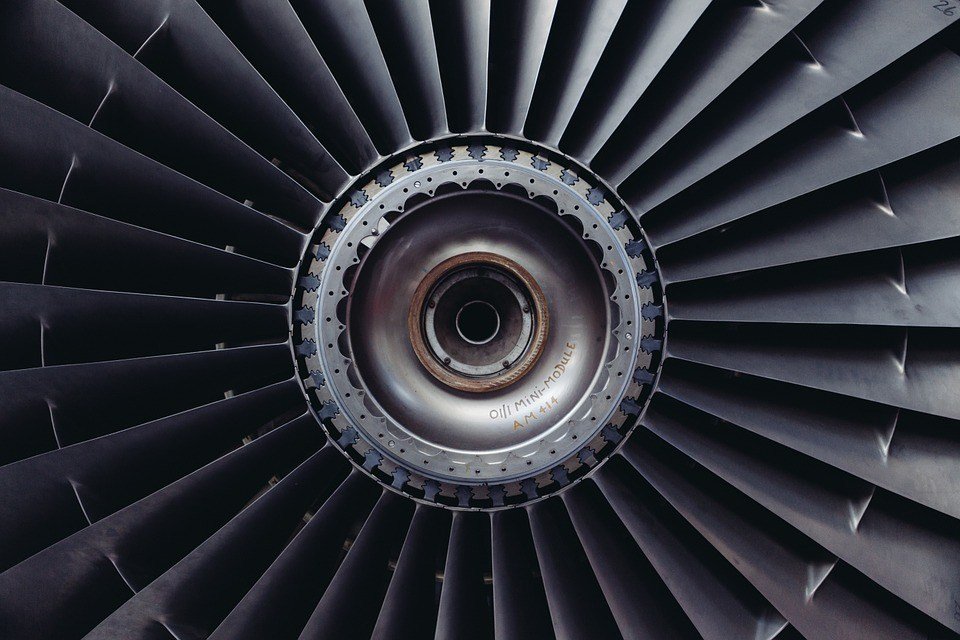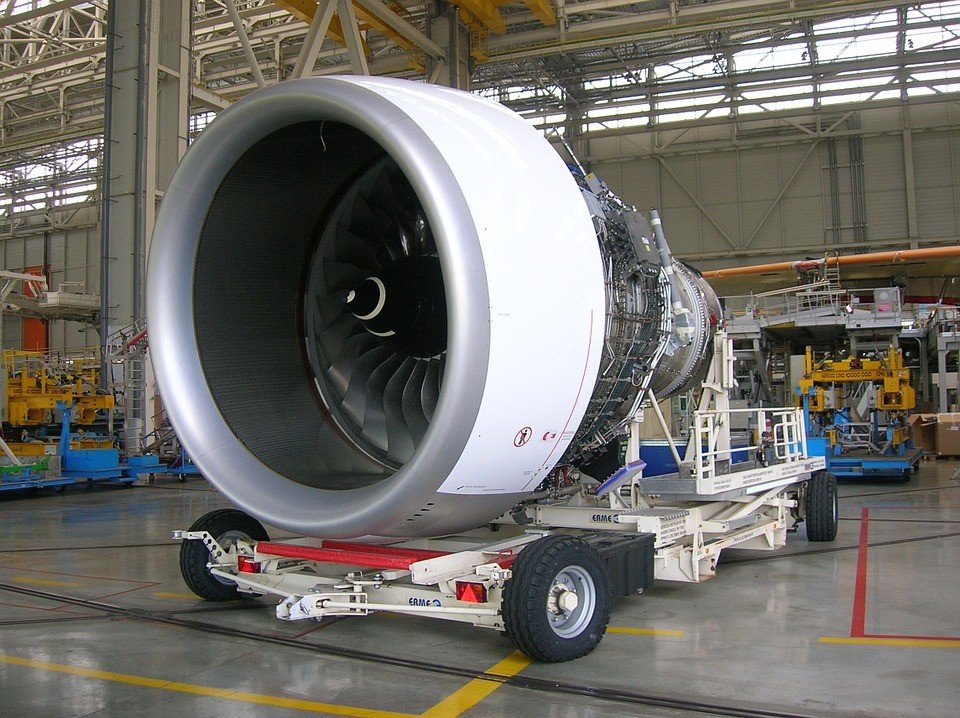Business
Shaping the future: Nickel applications in electronics and aerospace
Nickel applications in electronic and aerospace industries are growing each year. Scientists are finding ways to produce stronger nickel superalloys.

Nickel has always been important in the industrial and commercial world. Nickel applications include construction, decorative engineering, automotive and even food and beverage. According to the Nickel Institute, the global nickel usage grows at around 4 percent each year. Nickel-containing stainless steel usage meanwhile increases at 6 percent this year.
Nickel can serve as the most efficient, powerful element for its applications. It is especially important in the electronic sector and the aerospace industry.
One of the most widely practiced applications of nickel is in rechargeable battery systems. Without nickel, people can’t use laptops, smartphones, or tablets without plugging them to outlets. Nickel’s role in rechargeable batteries is apparent in a nickel-metal hydride battery (NiMH). The battery has a chemical reaction at the positive electrode similar to the nickel-cadmium cell. A nickel-metal hydride battery can hold three times the capacity of a nickel-cadmium cell.
Another vital application of nickel is its role in the aerospace industry. Nickel-based superalloys have the ability to withstand extreme environments and temperatures, making them perfect for jet engines.

Jet engines use nickel-based superalloys. (Source)
Jet engines expel the most extreme environments in the world of engineering. A ton of air is sucked into the engine in less than a second and then squeezed to a fraction of its normal volume. The air then passes across hundreds of blades that rotate at a high speed, reaching up to 10,000 rpm. Once the air reaches the combustor, it mixes with kerosene that will make it ignite, giving off gasses that are one-third as hot as the sun’s actual surface. If that is not enough, the gas is sent at almost 1,500 kilometers per hour towards turbines, where each blade connected is capable of generating power equivalent to the thrust of an F1 racing car.
Super materials
To survive these unimaginable conditions, engineers use “super” materials, such as nickel-based superalloys, to make turbine blades. While these superalloys are already providing top-notch properties for jet engines, researchers believe that it can do more.
Researchers believe that it could give a better performance. The increasing demand for a greater performance and fewer emissions, the aerospace industry is demanding for an engine to run faster and hotter.
“Turbine blades are made using nickel-based superalloys, which are capable of withstanding the phenomenal stresses and temperatures they need to operate under within the jet engine. But we are running close to their critical limits,” said Cathie Rae, a scientist at the Rolls-Royce University Technology Center at the Department of Materials Science Metallurgy.

A Rolls-Royce turbine engine. (Source)
Rae’s team is working on a research to extract the greatest possible form of nickel-based superalloys. They are also designing superalloys that will be capable of withstanding even more extreme applications in the future. At the moment, jet engines use nickel alloys that contain nickel and aluminum that form a strong cuboidal lattice. The team, in their research, compares their work to carefully balancing cake ingredients. Increasing the volume one ingredient could produce a certain sought-after property. However, this could cause another ingredient to fail, which is why the team is seeking the perfect “chemical recipe.”
Nickel-based superalloys
Howard Stone said every tiny adjustment matter since it can result in many different effects. Stone is the Principal Investigator heading a $78-million Strategic Partnership between Rolls-Royce and the Universities of Birmingham, Swansea, Manchester, Oxford, Sheffield and Imperial College London.
“The Periodic Table is our playground…we’re picking and mixing elements, guided by our computer models and experimental experience, to find the next generation of superalloys,” said Stone.
Now, the research team has already come up with 12 patents with Rolls-Royce. The patent includes an extremely strong superalloy discovery created with a matrix structure of nickel-based aluminum, cobalt, and tungsten.
This scientific effort to unleash the fullest potentials of nickel-based superalloys somehow gives stronger value to nickel. To coincide with the future developments is a bigger demand for nickel. This can be easily solved by mining companies dedicated to producing high-grade nickel, such as Amur Minerals Corporation (AIM: AMC), in Far Eastern Russia. Amur Minerals sits on the Kun-Manie deposit, one of the top 20 nickel-sulphide deposits in the world. Already holding 67 million tons of nickel and copper, Kun-Manie still has the potential to bear more metal. This will come in handy for nickel-related research efforts such as the one from Rolls-Royce.
—
This article may include forward-looking statements. These forward-looking statements generally are identified by the words “believe,” “project,” “estimate,” “become,” “plan,” “will,” and similar expressions. These forward-looking statements involve known and unknown risks as well as uncertainties, including those discussed in the following cautionary statements and elsewhere in this article and on this site. Although the Company may believe that its expectations are based on reasonable assumptions, the actual results that the Company may achieve may differ materially from any forward-looking statements, which reflect the opinions of the management of the Company only as of the date hereof. Additionally, please make sure to read these important disclosures.

-

 Markets1 week ago
Markets1 week agoPrecious Metals Surge While Major Indexes Hold Strong Amid Holiday Lull
-

 Markets2 weeks ago
Markets2 weeks agoFed Divisions Signal a Potential Economic Turning Point
-

 Biotech6 days ago
Biotech6 days agoEFPIA Calls for Clearer AI Governance to Safely Transform Drug Development
-

 Africa2 weeks ago
Africa2 weeks agoMorocco Emerges as Key Fertilizer Supplier as Brazil’s Reliance Grows

























